Do you have a question about the Dormakaba SVP and is the answer not in the manual?
Explains the manual's scope for SVP/SVZ door locks in different door types.
Specifies that SVP/SVZ door locks must be mounted by technically qualified personnel.
Lists related documents like connection cable manuals and mounting instructions.
Lists abbreviations used in the manual, such as SVP and SVZ.
Explains hazard symbols like WARNING and ATTENTION with their meanings.
Details symbols for sequence of action steps and item numbers in captions.
Explains automatic locking, two-point locking, and emergency unlocking features of SVP/SVZ locks.
Illustrates the typical installation setup of the door lock and associated components.
Provides technical specifications like temperature, humidity, protection category, and dimensions.
Details different SVP/SVZ lock types (5000, 4000, 6000, SVZ 6000, 2000, 2000F) and their features.
Lists classifications and certifications for tubular frame SVP/SVZ door locks.
Lists classifications and certifications for solid door SVP/SVZ door locks.
Shows the components provided for tubular frame locks: door lock, striking plate, and screws.
Displays detailed technical drawings and dimensions for tubular frame locks.
Lists the parts included for solid door locks, including cylinder fixing screws.
Provides technical drawings and dimensions specific to solid door locks.
Illustrates different door versions (Rebated, Flush) for solid door locks.
Warns about risks like door deformation and emphasizes proper installation safety.
Outlines conditions for mounting, like door specifications and escape route considerations.
Lists necessary tools and materials for the mounting process, including cylinders and handles.
Details the precise mill-cutting and drilling required for tubular frame locks.
Explains the mill-cutting and drilling procedures for solid door locks.
Step-by-step guide for mounting tubular frame locks, including cable connection and securing.
Instructions for mounting wide style door locks, including fail-safe/fail-secure mode and cylinder screw.
Explains the LED signals indicating status, operation mode, and error messages.
Details how to set the operation mode (DCW, CAN, Stand Alone) via LED signals.
Describes how to assign unique addresses to SVP door locks for bus operation.
Explains the function and setting of the terminating resistor for CAN bus operation.
Lists the default parameters for operation mode, bus address, and terminating resistor.
Shows how the LED indicates parameters at system start-up for different modes.
Outlines conditions for changing parameters, like power and system start time.
Illustrates the parameter setting process using symbols and flow charts for various modes.
Step-by-step guide to configure the lock for DCW® bus communication and address assignment.
Instructions for configuring the lock for CAN bus, including address and resistor settings.
Procedure to set the lock for Stand Alone mode, including LED indications.
Describes how to jump between different parameter settings or go back in the process.
Explains how parameter changes are saved or aborted and what happens on power interruption.
Details the internal Power Reserve module test schedule and error reporting for SVP 2000F.
Provides a detailed table of pin assignments for SVP-A 1100/2100 cables in different operation modes.
Illustrates the wiring diagram for connecting smoke detectors with SVP 2000/SVP 2000F.
Covers measuring distances, checking parts, ensuring locking points are clear, and force measurements.
Lists LED error patterns, their causes (power, test failure, connection), and recommended actions.
Outlines monthly checks for safe operation, including checking parts, locking points, and actuating forces.
Instructs on safe disassembly and environmentally friendly disposal of the product, avoiding domestic waste.
| Brand | Dormakaba |
|---|---|
| Model | SVP |
| Category | Door locks |
| Language | English |
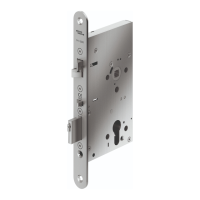
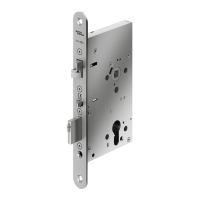
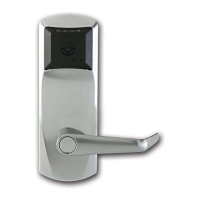
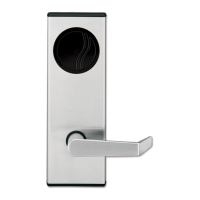
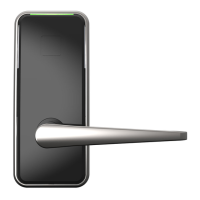
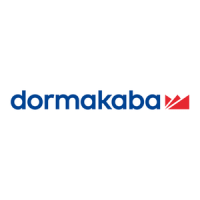

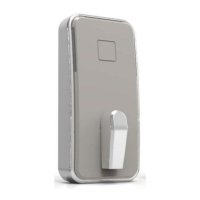

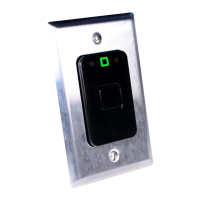
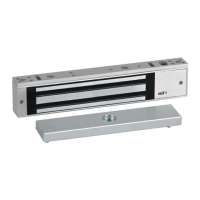
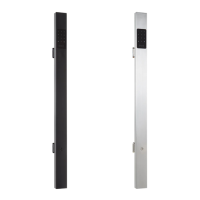
